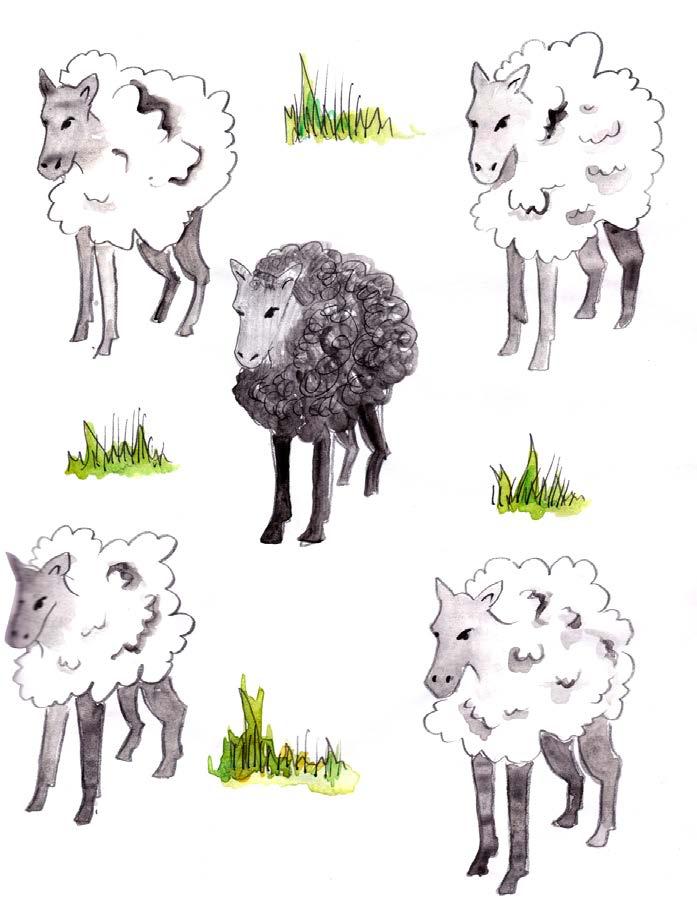
2 minute read
UNDERSTANDING CONFORMITY
What is conformity? Is it good or bad, and is it harming my creative spark? So many questions, but this section’s got you covered!
CONFORMITY CAN BE POSITIVE?
Advertisement
In our culture we tend to think of conformity in negative light, if you look at the origin of the word “conform,” it really just means, “to form.”
To form a group, each person works to fit into that group. Accepting and acknowledging the wishes of your peers is one step to being accepted by your peers. Edward puts it in a more user friendly way: “connecting better.” We are like pieces of a puzzle, each connected, and each needed to form the whole.

FOLLOWING THE HERD
If its still widely criticized, why do we still do it? Conformity is a universal feature across societies, which suggests that it has an evolutionary advantage.
If people in one society are socially pressured to use only words during a disagreement, for example, that society will do better over time than one where people use fists.
GOING WITH THE FLOW
If we adapt our behavior to meet the reasonable and apparent needs and expectations of others around us, then those people are more likely to see, and allow us to celebrate, our individual differences. This means we first have to work to fit in before the group is willing to celebrate more openly our individuality – our uniqueness - and appreciate our contribution to the group. Those who don’t work to fit in may not be celebrated for standing out.
“Much of the time, it is in the interest of the individual to follow the crowd, but in the social interest for individuals to say and do what they think best” -Cass Sunstein, Harvard law professor


As much as we venerate rebels, free-thinkers, and marching to the beat of our own drum, in reality it’s much easier—and more common—for us to follow the crowd. Our natural tendency for conformity strikes many as harmful, but it can also strengthen bonds and generate outcomes that benefit both groups and individuals. Cass Sunstein “ ”

WHEN IS IT BETTER TO CONFORM?
Solving coordination problems, like getting everyone to drive on the right side of the road, and solving collective action problems, like making a group decision to mutually respect private property.
For individuals, it might be rational to not respect others’ property, but for the group as a whole, it’s best to do so. Conforming solves that problem.




